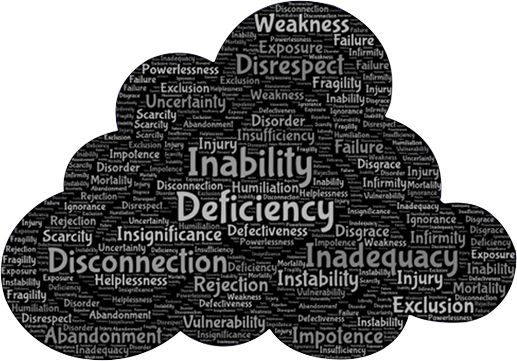What is Adhd Symptoms in Adult Women and its Treatment
The brain ailment known as ADHD (attention-deficit) typically affects females and shows symptoms of inattention, although it can also show signs of hyperactivity and impulsivity. Studies also reveal that the condition is not appropriately diagnosed in women. The growth and connectivity of numerous brain regions are affected by the condition known as ADHD. Although it starts in childhood, ADHD is sometimes not recognized until a person is a teenager or an adult.
Depending on a person's sex, the sickness
is more likely to have different impacts on them. Men and people who were
designated as male at birth have a higher prevalence of ADHD, according to
studies. There may be more women and AFAB assigned female at birth individuals
with ADHD than previously thought, according to the available data.
Which ADHD symptoms are more
prevalent in women?
The core adhd symptoms in adult women
is the problem of executive dysfunction. With the aid of executive functions,
you can better manage your attention, concentration, emotional management,
impulse control, and self-motivation.
ADHD has three subtypes: inattentive,
hyperactive/impulsive, and mixed. Your symptoms will determine which subtype
you have. Both the hyperactive/impulsive and the inattentive subtypes have a
total of nine possible symptoms. A subtype can only be identified if at least
six of its symptoms are present for at least six months. To be deemed mixed,
there must be a minimum of six symptoms from each category that persist for at
least six months.
Women are less likely to experience
impulsive/hyperactive symptoms. They therefore have a lower likelihood of
displaying mixed or hyperactive/impulsive subtypes.
How common is ADHD among women?



Comments
Post a Comment